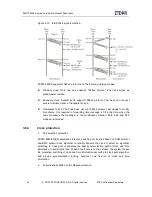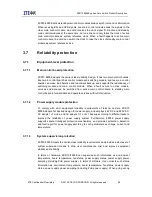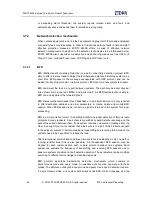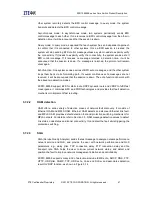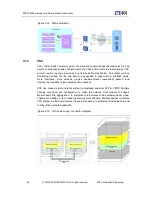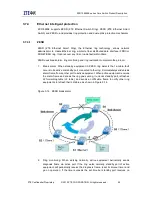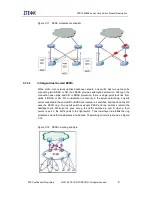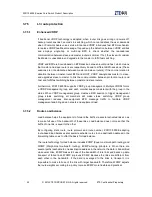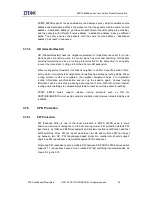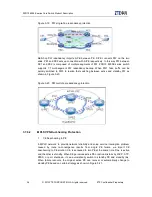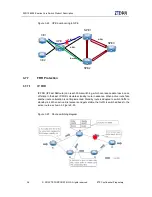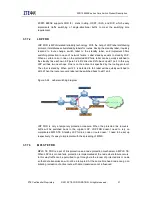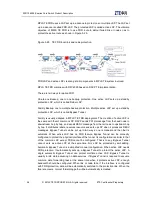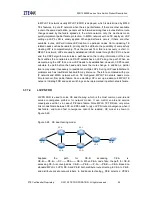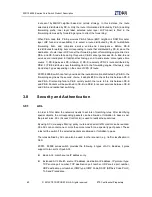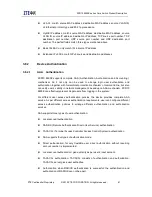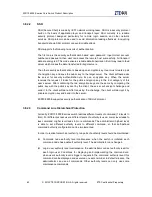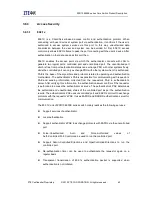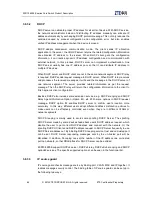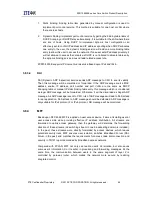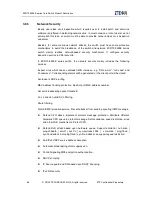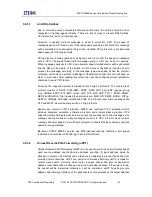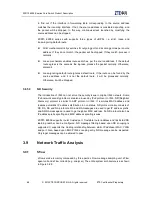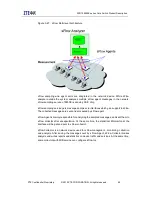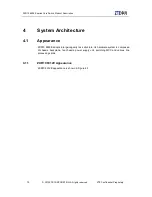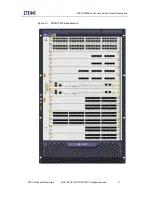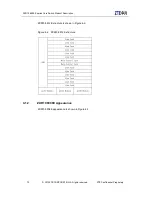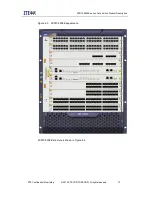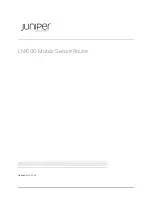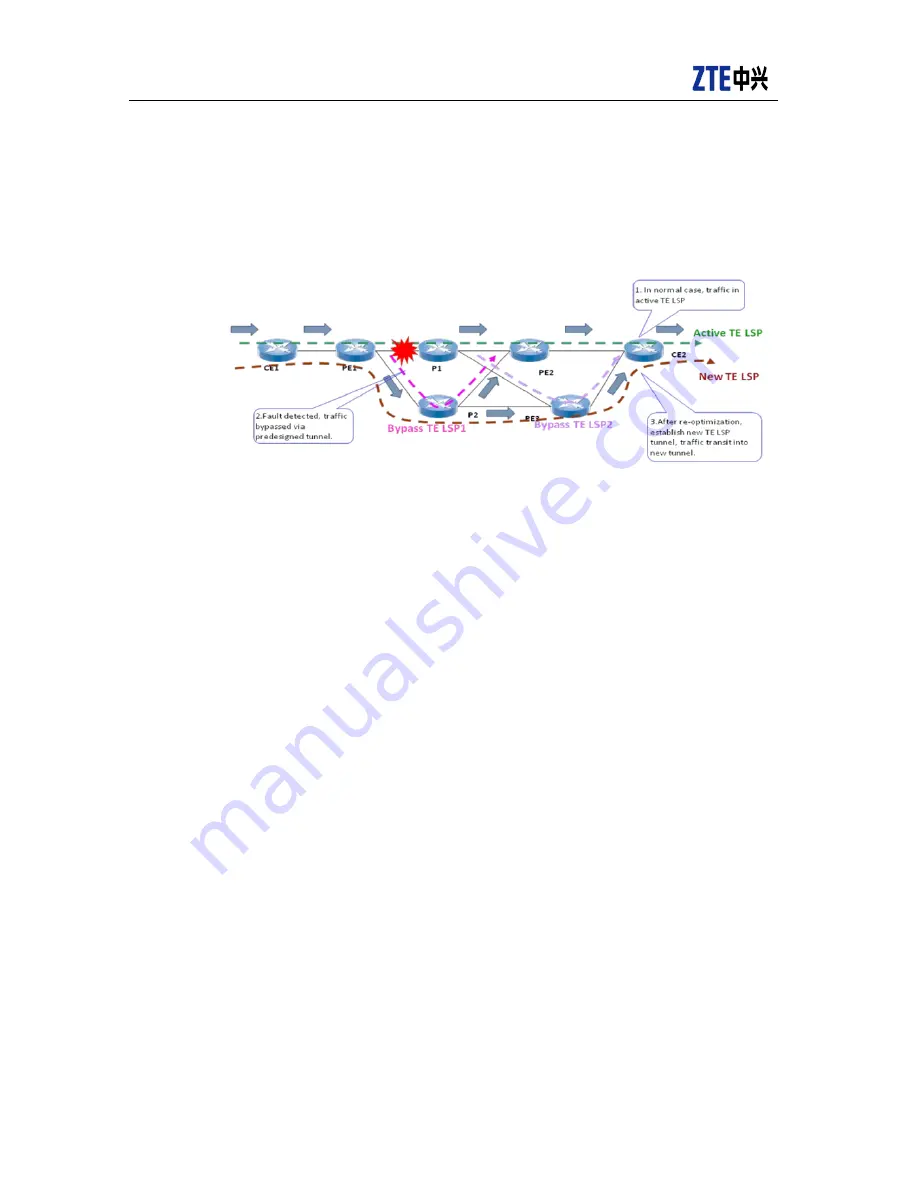
ZXR10 8900E series Core Switch Product Description
58
© 2013ZTE CORPORATION. All rights reserved.
ZTE Confidential Proprietary
MPLS TE FRR uses a LSP set up in advance to protect one or multiple LSP. The LSP set
up in advance is called FRR LSP. The protected LSP is called active LSP. The ultimate
objective of MPLS TE FRR is to use FRR route to detour failed link or node so as to
protect the active route as shown in Figure 3-25.
Figure 3-25 TE FRR local link and node protection
FRR LSP and active LSP creation get all components in MPLS TE system involved.
MPLS TE FRR complies with RFC4090 based on RSVP TE implementation.
There are two ways to realize FRR:
One-to-one Backup: one to one backup protection. One active LSP sets up a standby
protection LSP, which is called Detour LSP.
Facility Backup: one to multiple backup protection. Multiple active LSP set up a standby
protection LSP, which is called Bypass Tunnel.
Facility is usually adopted in MPLS TE FRR deployment. The creation of active LSP is
the same with that of common LSP. RSVP sends PATH message from the head node to
downstream hop by hop, and sends RESV message from the tail node to upstream hop
by hop. It distributes labels, reserves resource and sets up LSP when it processes RESV
messages. Bypass Tunnel can be set up in two ways: one is manual and the other is
automatic. When active LSP has no FRR feature, Bypass Tunnel can be manually
configured to protect the physical interface of the tunnel. Its configuration is similar to that
of the common LSP except FRR cannot be configured. That is to say, Bypass Tunnel
cannot work as active LSP at the same time. Nor LSP be protected by embedding.
Automatic Bypass Tunnel is a simplified manual configuration. When active LSP needs
FRR protection, it automatically sets up a Bypass Tunnel to protect the active LSP. A
single automatic Bypass Tunnel can protect multiple active LSP. Bypass Tunnel is
usually in idle state assuming no data services. If Bypass Tunnel is required to assume
common data forwarding task at the same time when it protects active LSP, enough
bandwidth should be configured. When link or node fails, if the interface is configured
with FRR protection, data will be automatically switched to the protection link. When the
failure recovers, normal forwarding path will be automatically recreated.
Содержание ZXR10 8900E series
Страница 1: ...Operator Logo ZXR10 8900E series Core Switch Product Description ...
Страница 2: ......
Страница 10: ......

